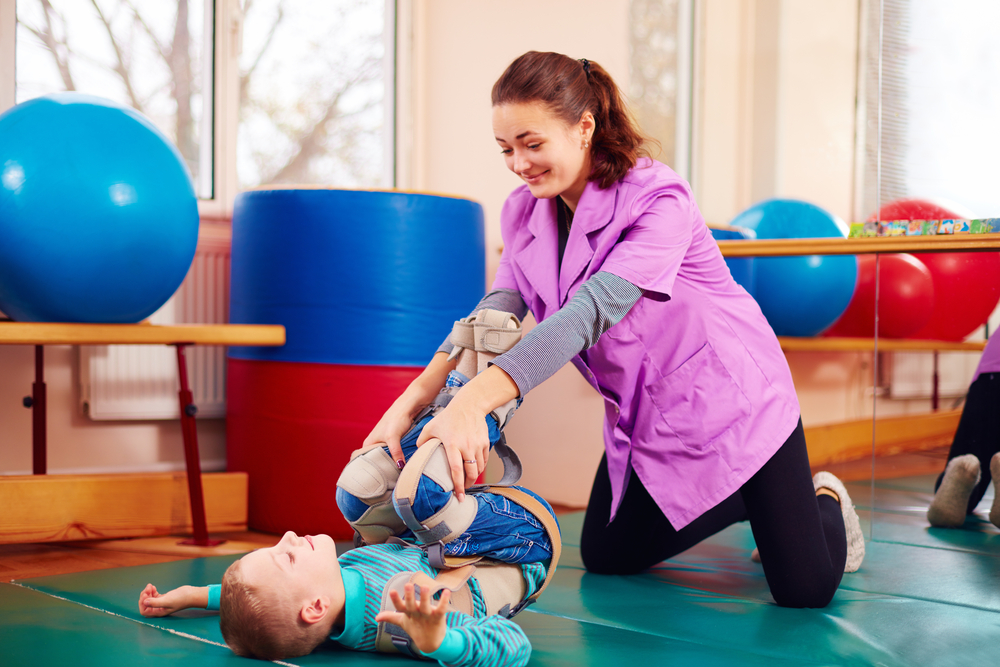Review Finds Limited Evidence Showing Botox’s Superiority in Alleviating Muscle Tightness in CP Children

A review found limited evidence that botox outperforms other forms of treatment in improving walking, joint motion, or muscle spasticity in children with cerebral palsy (CP).
The study, “Botulinum toxin type A in the treatment of lower limb spasticity in children with cerebral palsy,” was published in the Cochrane Database of Systematic Reviews.
CP comprises a group of disorders that affect posture and restrict movement, and is caused by brain lesions that occur during pregnancy or infancy. Spastic cerebral palsy, the most common form of the disease, is characterized by joint stiffness, spasms, and muscle stiffness (spasticity) that restricts movement and affects posture and gait.
When a child has isolated spasticity, a condition in which only a specific group of muscles is continuously contracted, local botox injections may be recommended as a first-line treatment.
Botox (botulinum neurotoxin type A, or BoNT-A) is a toxin produced by the bacteria Clostridium botulinum which blocks the communication between nerves and muscles, resulting in short-term muscle relaxation. For this reason, botox is sometimes used as a form of treatment for disorders with associated muscle spasms and excessive muscle contraction.
The systematic review summarized the main findings of studies that evaluated the safety and effectiveness of botox in alleviating leg spasticity in children with CP compared with a placebo or other treatments currently available.
A literature search in online databases — CENTRAL, Pubmed, and four others — and two trial registers, followed by a thorough screening, yielded a total of 31 clinical trials involving 1,508 children with CP who were selected to be included in the systematic review.
Most studies focused on children from 3 to 7 years old, who were still able to walk without assistance and had been diagnosed with more than one type of motor CP.
Nearly half (14) of the studies included in the review compared the safety and effectiveness of botox to standard physiotherapy. The remaining studies compared the safety and effectiveness of botox to a placebo or sham treatment (12 studies), leg plaster casts (four), or orthoses (one).
Botox was associated with improvements in gait (walking pattern), joint range of motion, treatment satisfaction, and muscle spasms, compared to standard care physiotherapy or placebo treatment. However, in some measures of motor function, the benefits of botox over physiotherapy or a placebo were mild.
The frequency of treatment side effects was similar in children receiving botox or a placebo.
Compared with plaster casts that were placed below the knee, botox led to similar improvements in gait, joint range of motion, and muscle spasms. One of the studies reported that botox was more effective than orthoses at improving joint range of motion.
However, in most studies, the quality of the evidence provided was considered to be low or very low by both review authors who analyzed the data, limiting their ability to draw conclusions as to whether botox is superior to other forms of treatment.
“There is limited evidence that, compared to placebo or regular care, BoNT‐A improves walking, joint motion, satisfaction with the outcome of treatment, and muscle spasticity in children with CP,” the authors said. “BoNT‐A was no better than plaster casts in any of our analyses, but was better than splints at improving range of motion and spasticity,”


